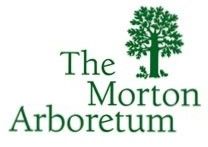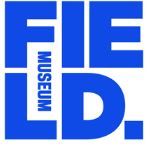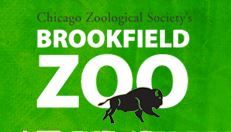CEB students have greatly expanded research opportunities available to them, thanks to the participation of important Chicago-area institutions in the CEB program. Students are able to conduct research under the supervision of members of these institutions, whose areas of specialization complement and expand on those available within the University of Chicago. In addition, students can arrange for access to the unique facilities and collections at these institutions, for use in conducting their research.
- Morton Arboretum
The Morton Arboretum is an internationally recognized nonprofit organization dedicated to the planting and conservation of trees and other plants. Its 1,700 acres hold collections of more than 4,000 kinds of trees, shrubs, and other plants from around the world. The Arboretum's 900 acres of natural area, including extensive woodlands and a high-quality 100-acre restored prairie, as well as extensively labeled specimens, offer excellent research opportunities. Research at the Arboretum addresses plant biodiversity, population biology, plant community ecology, root-soil interactions, soil ecology, plant pathology, plant health care, stress physiology, ecological restoration, and other topics related to growing and conserving trees and wooded ecosystems.
- Lincoln Park Zoo
Among the oldest zoological parks in the country (established in 1868), the Lincoln Park Zoo is also among the most modern. Home to more than 1200 animals representing 230 species, it initiates, facilitates, and encourages scientific research in animal behavior, small population management, epidemiology, nutrition, and cognitive psychology. The Zoo’s Lester E. Fisher Center for the Study and Conservation of Apes, the Davee Center for Epidemiology and Endocrinology, and the Alexander Center for Applied Population Biology offer a wide range of research opportunities. Conservation programs both at the zoo and off-site bring together zoo and field research to enhance conservation efforts.
- The Field Museum
The Field Museum is a research and educational institution concerned with the diversity and relationships in nature and among human cultures. It provides collection-based research and educational programs to enhance public understanding and appreciation of biological and cultural diversity. The Museum’s zoology, botany, and paleontology collections contain more than 21 million specimens and its libraries contain more than 250,000 volumes. These collections are available for student research, in conjunction with facilities that include state-of-the-art labs for molecular systematics, morphometrics, and biomechanics. In addition, the Environment, Culture, and Conservation Division focuses on translating the Museum’s science into action for the conservation of biological and cultural diversity.
- Chicago Botanic Garden
The Chicago Botanic Garden is one of the country's most visited public gardens and a preeminent center for learning and scientific research. The 385-acre Garden features 23 display gardens and three native habitats, uniquely situated on nine islands surrounded by lakes. The mission of the garden encompasses three important components, collections, education, and research, and educational opportunities range from early education through graduate-level programs. The newly completed 38,000-square-foot Plant Science Center provides state-of-the-art laboratories and teaching facilities for our scientists, students, interns and collaborators. Our collections and facilities are available for student research. The Garden’s research program focuses on plant conservation, plant and fungal biology, and soil ecology in the broadest sense.
- Brookfield Zoo
Home to more than 2,000 animals representing over 400 species, the Brookfield Zoo is the largest zoological park in the Midwest. Students are able to conduct research at the Zoo on animal behavior, conservation genetics, and behavioral endocrinology, working with research staff in the Animal Programs Division. Ongoing research efforts include hormonal assessment of animal well-being, modeling of genetic changes in small populations, and behavioral monitoring. In addition, students may take advantage of opportunities to contribute to the Zoo’s role and goals through its public education and conservation programs.
- Argonne National Laboratory
Argonne National Laboratory is one of the U.S. Department of Energy’s largest research centers (managed by UChicago Argonne, LLC). Argonne was the country’s first national laboratory, the direct descendant of the University of Chicago’s Metallurgical Laboratory, part of the World War II Manhattan Project. Current research at Argonne includes examination of energy resources and environmental management. This work includes studies of plant-soil-atmosphere interactions and biogeochemistry at molecular to landscape scales, with specific emphasis on the belowground processes. Recent research has also used the synchrotron x-ray source at the Advanced Photon Source for high-resolution imaging of fossils, internal morphology of organisms with a specialized CT scan approach, and visualizing previously unseen internal processes of living animals, such as respiration and feeding in insects.





